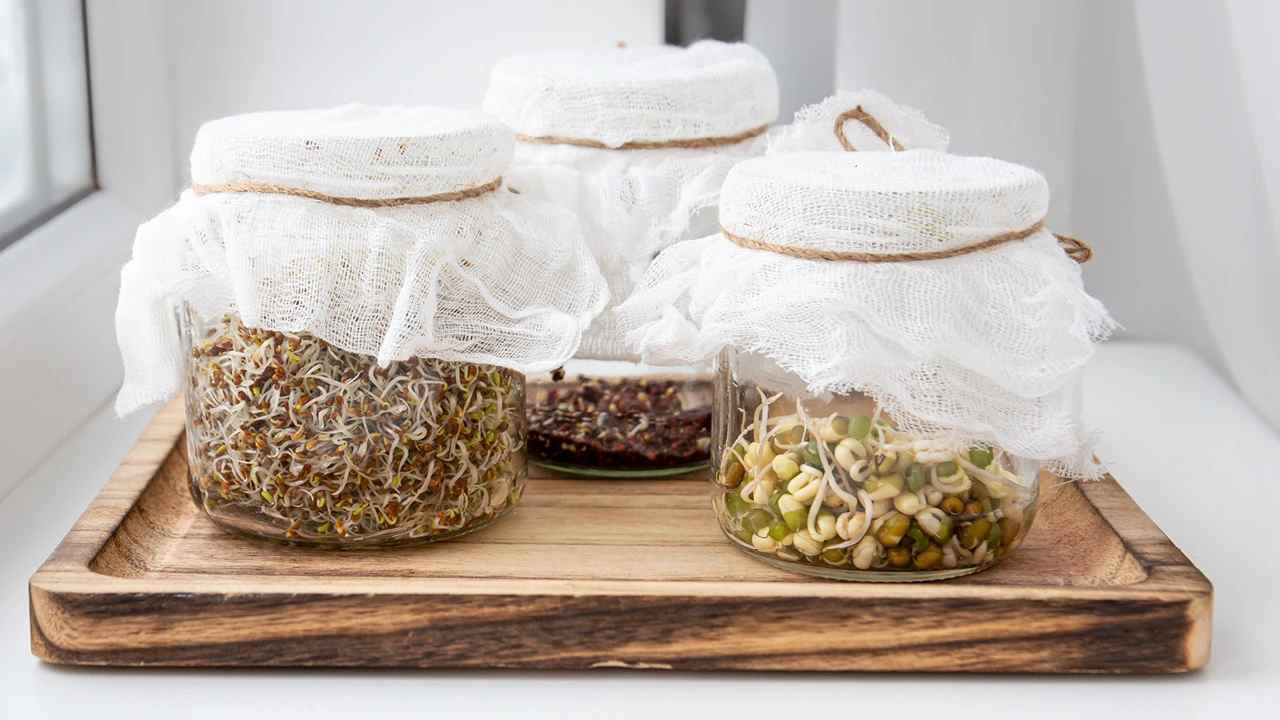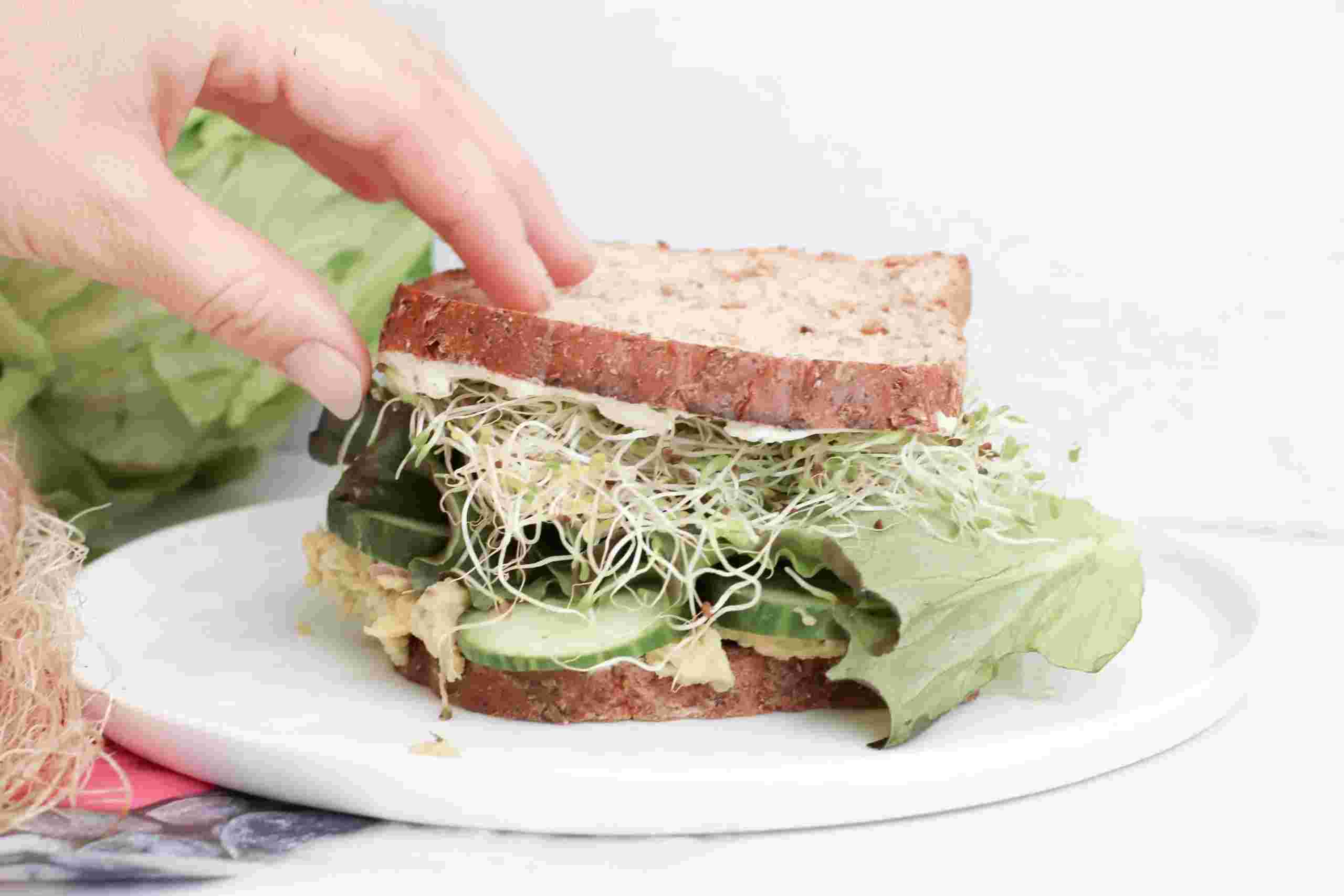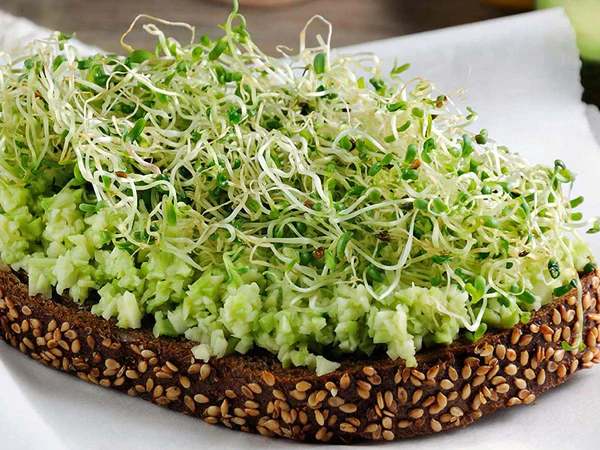Are you a vegetarian seeking protein-rich food alternatives? You’re lucky to land in the right place. The journey to discover nutrient rich options can be challenging for the most part, especially when you’re trying to meet your daily need for proteins. They are the foundation of a nutritious diet, and are essential for many body processes.
You might or might not have heard about this one, but the answer to all your questions is Vegetable Sprouts. Rich in proteins? Yes. Affordable? Yes. Accessible? Yes. And the best part is, that the preparation process is neither time consuming nor tedious. All you need is one raw ingredient and some water.
The Importance of a Protein- rich Diet
A balanced diet is one that all rounded with all essential nutrients. But as we grow older, proteins begin to take the centre stage of all our health decisions. They are important macronutrients that play a role in tissue development and repair, immune support, and overall maintenance of our well-being. Here are a few more benefits of adding protein to your diet:
- For anyone trying to lose weight or build muscle, protein comes in as the first step in accelerating your process.
- You need around half of your daily protein intake to make enzymes, which help with digestion, as well as new cells and other molecules.
- Protein is crucial for hormonal balance and regulation, particularly during the cell growth and change that occurs during puberty.
- It slows the ageing process by strengthening the muscles.
- Consuming higher amounts of protein helps people retain their bone density as they age and significantly reduces their risk of osteoporosis and fractures.
- Higher protein intake has also been linked to lowering of the blood pressure.
Why Vegetable Sprouts?

Yes, they are different from lentil or “Moong” sprouts.
The most commonly found sprouts are those of lentils i.e. Moong, red lentils, chickpeas or green lentils. However, sprouts of beans and lentils are difficult to digest and are only suitable for athletes, children or those who are involved in long hours of manual labour. Vegetable seeds sprout a white tail three to five days after they are soaked and allowed to germinate. They are the most concentrated type of nourishment found organically.
Here are 6 reasons why vegetable sprouts are the best solution:
- Nutrition Factor: Hippocrates Health Institute says that “These are one of the most nutritious whole foods on the planet, and are also 10 to 30 times more nutritious than the full grown vegetable”.
- Cost Effective: All you need is some vegetable seeds, which once sprouted multiply 3-15 times their weight.
- Organic: No chemicals, herbicide or pesticides. You can trust that they’re pure because you’re both the manufacturer and consumer.
- Easy: Just add water. (The full process is explained below)
- Freshness: You can pick and eat the same day without losing any nutrients.
- Environmental Friendly: There is absolutely no involvement of carbon heavy processes, or resources to prepare them; neither are any aeroplanes or fuel consumed to deliver these to you.
The most easily accessible and nutrient rich vegetable seeds found in India are those of Alfalfa, Radish, Clover and Fenugreek.
How To Prepare Vegetable Sprouts?
What You Need:
- A glass container
- A cotton cloth
- 2 tablespoons of Seeds of Alfafa, Radish, Clover or Fenugreek (sprout them separately)
- Water
You can easily find these seeds on e-commerce sites like Amazon, or simply visit a plant nursery to get a handful of these seeds.

Step 1: Rinse the seeds and place them in the glass container. Fill the container with water to soak up the seeds completely and an inch above that. Let your seeds soak overnight.
Step 2: The next morning, drain out the water from the container. Put your seeds in the centre of the cotton cloth and tightly tie the cloth so that the seeds are secured in a bundle.
Step 3: Place this bundle in a bowl and cover with a plate. Make sure your cloth is not in direct sunlight.
Step 4: Rinse the seeds with fresh filtered water twice a day, for the next 3-5 days.
Step 5: The sprouting time will vary from seed to seed. Once your sprouts are grown out and long enough to eat, allow them to dry completely before storing.
You can store them in a container for 5-7 days in the refrigerator.
How to Incorporate These In your Diet ?
Sprouts can be used with salads (cucumber, tomato, carrot, bell peppers, beetroot, zucchini, broccoli, peas, green beans), fruits or can be consumed separately along with any meal. To take it as part of a healthy meal, prepare a plate, with 30% sprouts, 30% vegetables, 30% leafy greens and 10% toppings or dressings such as nuts, seeds or any dip of your choice.

One of our favorites is sprouts snadwich, along with some leafy greens and home made mayonnaise. You can customise your own, to your taste and preferences.
Incorporating vegetable sprouts in one’s diet may be both healthful and enjoyable, thanks to their simplicity of sprouting at home and their wide range of culinary uses. Now that all the information is available to you, you should be able to enjoy its nutritional benefits and embrace the possibilities of plant- based protein substitutes.



